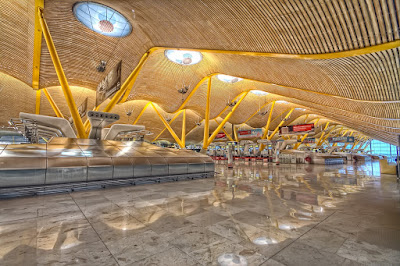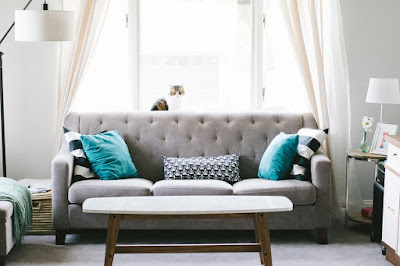colors have
a language .It can communicate something important without using words at all.
and like
human language it can trigger an emotional response.
there is an
important thing we you should learn about. it is a Color theory.
Artists have
followed color theory for centuries.it can help you understand designs better.
you probably
know about primary colors and secondary
colors.
secondary
colors Secondary colors are created by combining two primary colors.
for example
yellow and blue make green , blue and
red make purple , and Red and yellow make orange.
If we mix
these colors together, we get even more colors, like red-orange and
yellow-green.
All together,
they form what's called a color wheel.
ok then,
there are some another terms you should know .( hue, saturation, and value.)to
understanding more nuanced colors.
hue
hue is hue
means both a color and a shade of a color.it's basically just another word for
color.
Saturation
Saturation
defines the brilliance and intensity of a color. When a pigment hue is “toned,”
both white and black (grey) are added to the
color to reduce the color’s saturation.
in other
words, whether the color appears more subtle or more vibrant. Highly saturated
colors are brighter or richer.
Desaturated colors have less pigment and
therefore less oomph.
value
value refers
to the lightness or darkness of a color.
It indicates
the quantity of light reflected. When referring to pigments, dark values with
black added are called “shades” of the given hue name.
Light values with white pigment added are
called “tints” of the hue name.
color schemes
There are formulas based on something called
color harmony.
Color
harmony uses the color wheel to illustrate time-tested color combinations.
I'll explore
some of the most common types of harmony below.
Monochromatic
monochromatic
is The easiest formula for harmony.
because The
monochromatic color scheme uses variations in lightness and saturation of a
single color.
it only uses
one color or hue. To create a monochromatic color scheme, pick a spot on the
color wheel,
then use your knowledge of saturation and
value to create variations.
The best
thing about monochromatic color schemes is that they're scheme looks clean and
elegant.
Monochromatic colors go well together,
producing a soothing effect.
Analogous
The
analogous color scheme uses colors that are adjacent to each other on the color
wheel.
Complementary
Complementary
colors are opposite each other on the wheel; for instance, blue and orange or
the classic red and green.
Triadic
A triadic
color scheme uses three colors that are evenly spaced, forming a perfect triangle
on the wheel.



































Follow Us
Were this world an endless plain, and by sailing eastward we could for ever reach new distances